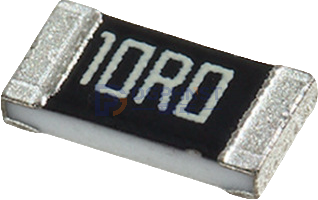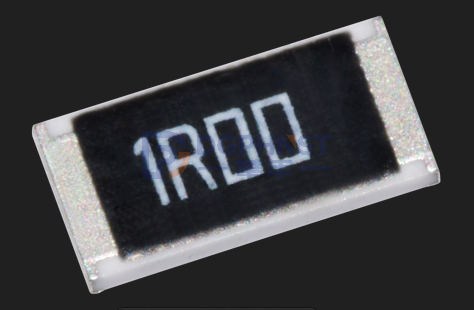With the popularization and continuous improvement of electronic products, the demand for high-voltage chip resistors is also increasing. High voltage patch resistors, as an important component of electronic components, play a role in connecting and regulating voltage in circuits. Therefore, the future development trend and research and application of new technologies for high-voltage chip resistors are of great significance. This article will introduce the future development trends and new technologies of high-voltage chip resistors from three aspects.
With the rapid development of electronic products, the requirements for the volume and weight of electronic components are also increasing. Traditional high-voltage chip resistors are generally large, which to some extent limits the miniaturization and lightweight process of electronic products. Therefore, the future development trend of high-voltage chip resistors should be towards smaller dimensions and lighter weight. This will need to be achieved through the development of new materials and the application of new processes, such as using new materials to replace traditional materials to manufacture high-voltage patch resistors, and using new micro manufacturing processes to manufacture high-voltage patch resistors. This will greatly improve the integration and performance of high-voltage chip resistors.
As the functions of electronic products become increasingly complex, the requirements for the performance and reliability of electronic components are also increasing. This to some extent requires high-voltage chip resistors to have higher performance and better reliability under operating conditions. For example, higher pressure resistance, lower temperature coefficient, and smaller temperature drift are required. Therefore, the future development trend of high-voltage chip resistors should be towards higher performance and reliability. This will need to be achieved through the development of new materials and the application of new processes, such as using new materials and design methods to improve the voltage resistance and temperature coefficient of high-voltage chip resistors, and using new processes and manufacturing technologies to improve the reliability of high-voltage chip resistors. This will greatly enhance the application value and market competitiveness of high-voltage chip resistors in electronic products.
With the continuous improvement of the intelligence and programmability of electronic products, the requirements for the intelligence and programmability of electronic components are also increasing. Traditional high-voltage chip resistors mainly serve to connect and regulate voltage, without intelligent and programmable functions. Therefore, the development trend of high-voltage chip resistors in the future should be towards intelligence and programmability. This will need to be achieved through the development of new materials and the application of new processes, such as using new materials and design methods to manufacture high-voltage chip resistors with intelligent and programmable functions, and using new processes and manufacturing technologies to achieve intelligent and programmable high-voltage chip resistors. This will enable high-voltage chip resistors to have a wider range of applications and higher added value.
HNST WELCOME! 0755-23173910
English |中文
你当前的浏览器版本过低或不支持。请升级或更换浏览器。推荐浏览器 Chrome Edge。



